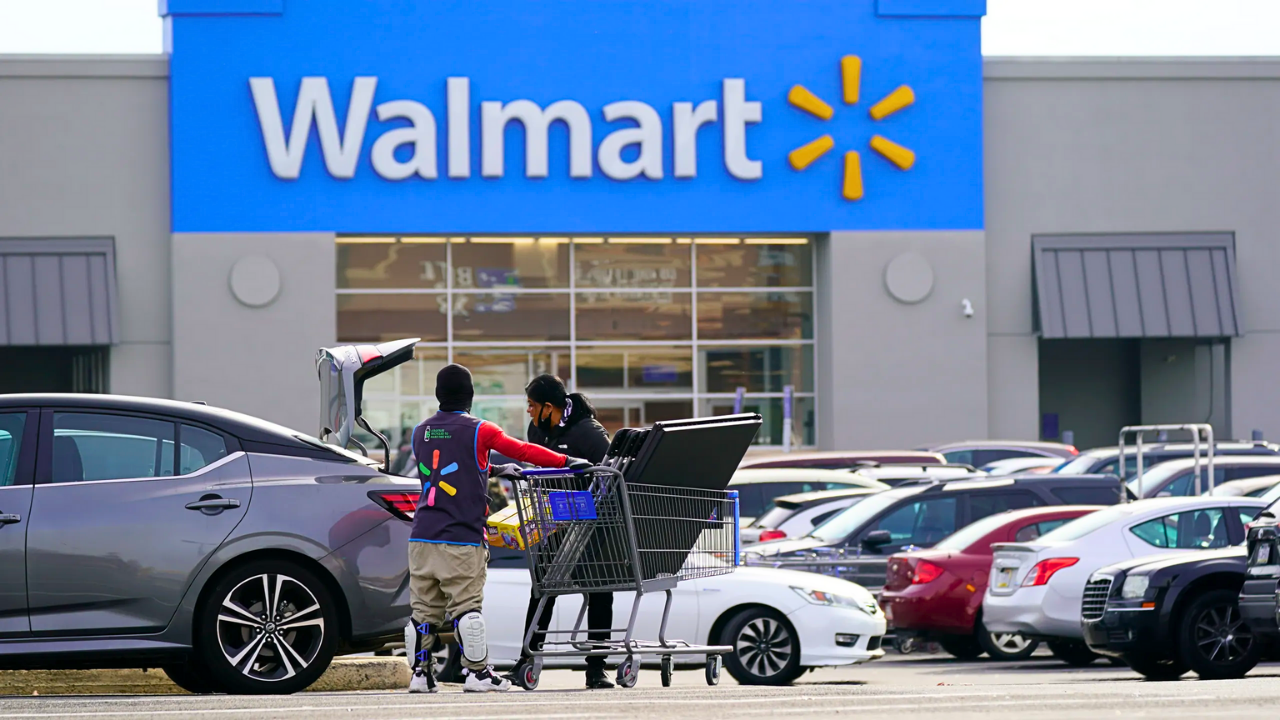
Walmart’s Q3 profit surged by 34% to a record-breaking $6.1 billion, sending shockwaves through the retail industry. As consumers cut back on spending and inflation continues to strain budgets, the retail giant has found a way to thrive. With 7,400 rollbacks across its stores, including over 2,000 permanent price cuts, Walmart’s aggressive pricing strategy has positioned it as the go-to destination for price-conscious shoppers. But what does this success really mean for the future of American retail?
Stay tuned to uncover how Walmart’s latest financial triumph could reshape the entire retail landscape.
The Secret Behind Walmart’s Surge
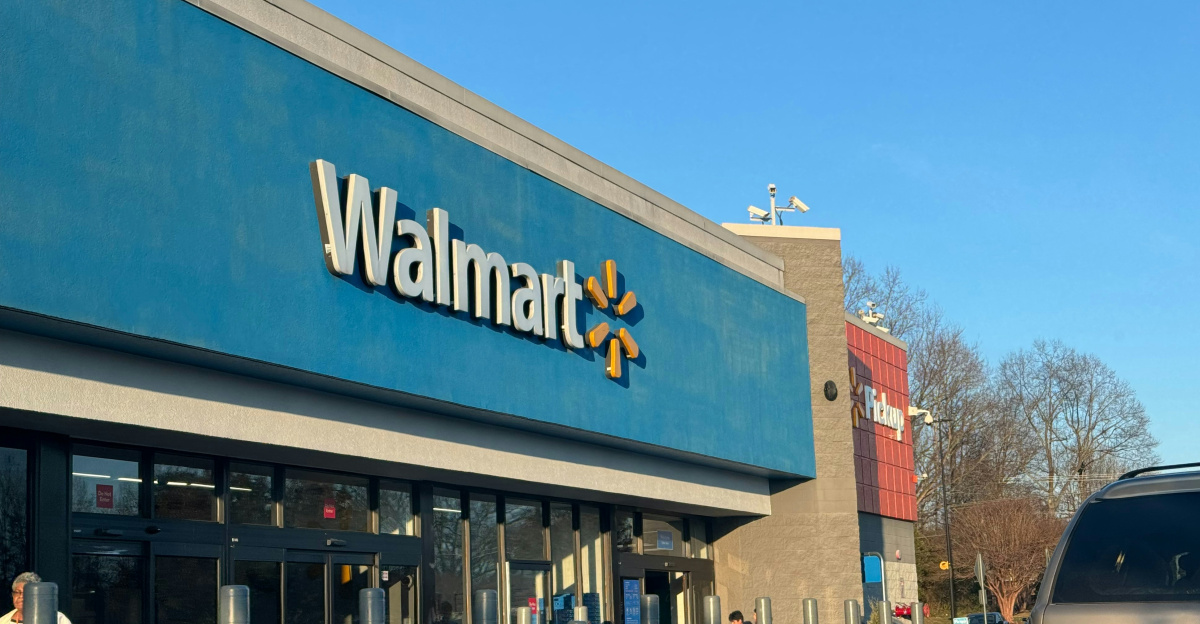
Walmart’s profit surge wasn’t just luck—it was strategy. Aggressive discounting, robust e-commerce growth, and smart inventory management were the key drivers.
According to CFO John David Rainey, Walmart’s “value proposition” made it “better insulated than just about anybody,” helping it thrive during uncertain times. But what role did the ongoing government shutdown play?
Struggling Families Amid Profits

While Walmart’s profits soar, millions of U.S. families are still feeling the squeeze. Particularly, lower-income households are cutting back, making fewer trips and spending cautiously.
Even though Walmart’s rollbacks offer relief, the ongoing economic uncertainty leaves many questioning how long they can stretch their budgets.
Pressure on Competitors
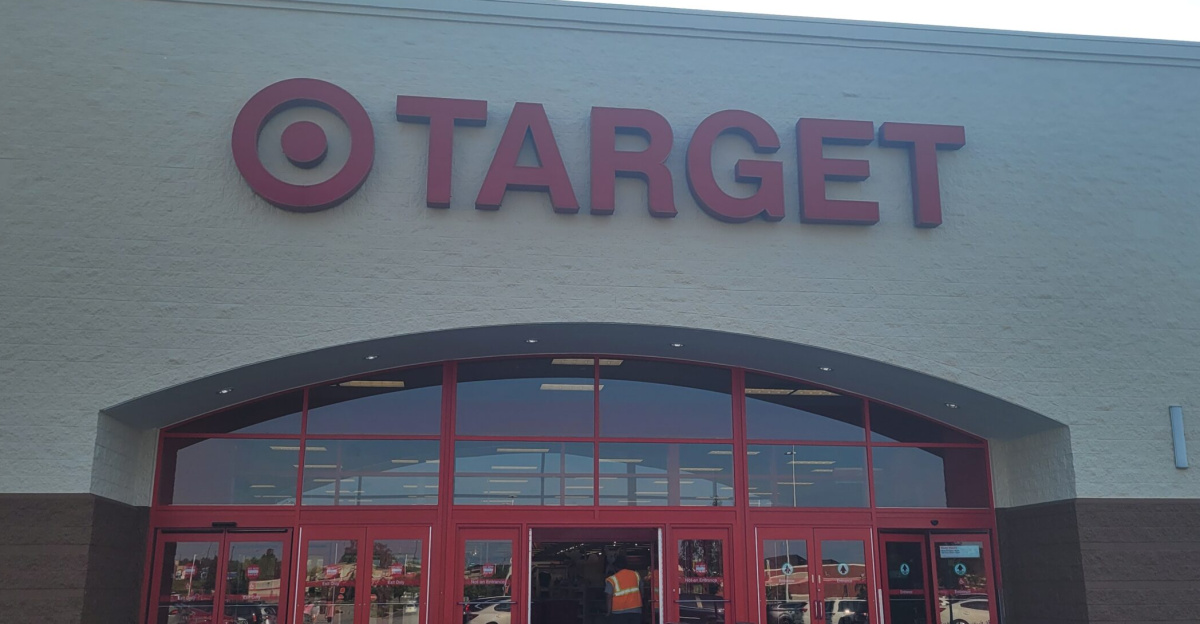
Walmart’s Q3 performance put pressure on competitors like Target and Home Depot, which were forced to lower their profit forecasts.
Walmart’s unmatched scale and pricing strategy gave it a competitive edge, setting it apart from other retailers struggling to match its operational efficiency.
Grocery Rollbacks Drive Traffic
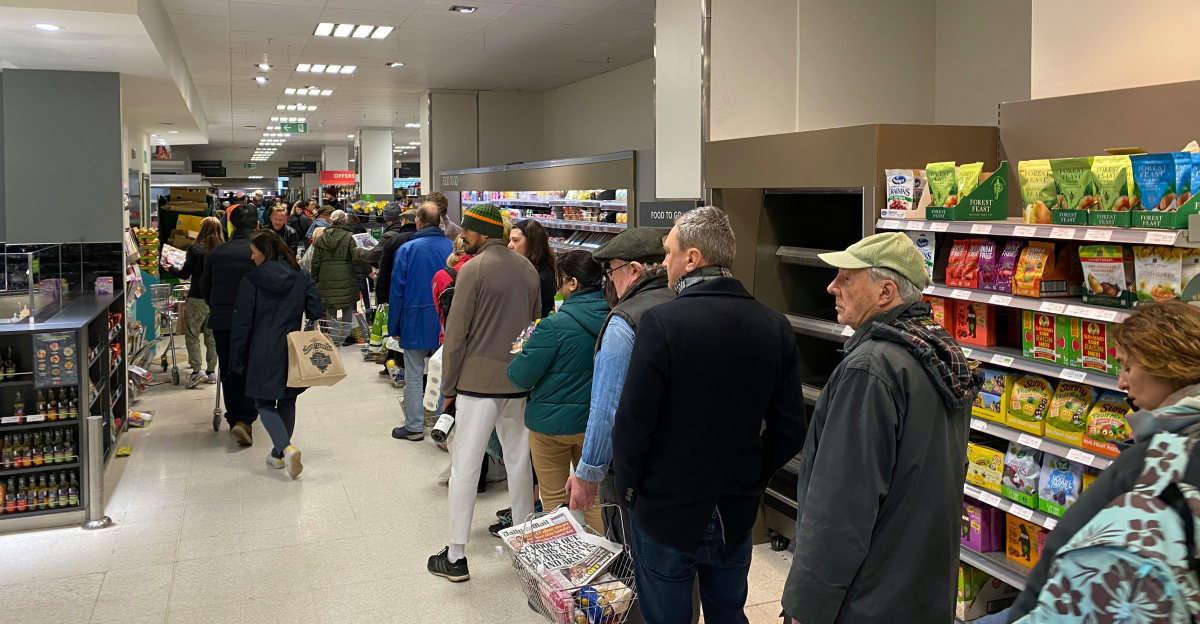
Over half of Walmart’s 7,400 rollbacks were targeted at grocery items. With more families looking for affordable essentials, Walmart is capturing a larger share of the grocery market.
Smaller grocers are now rethinking their pricing strategies to compete, as Walmart becomes a go-to destination for food shopping.
Global Impact of Walmart’s E-Commerce Growth
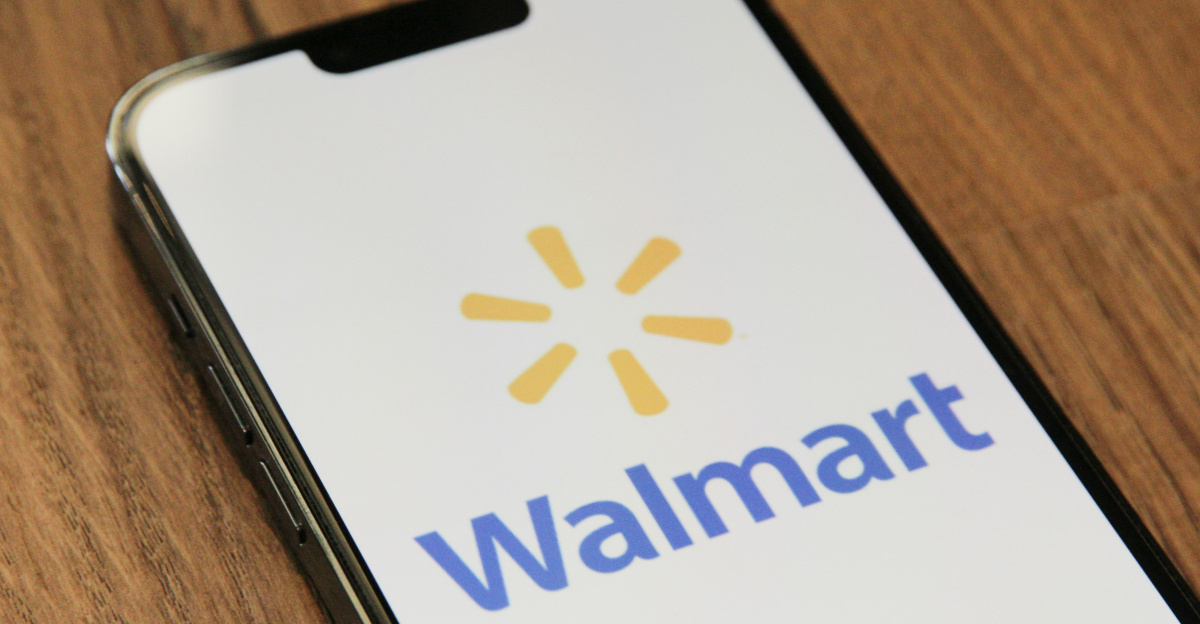
Walmart’s e-commerce business grew 27%, showing that affordability is a global concern. The company’s international operations, including its presence in Mexico and China, contributed to its overall growth.
Walmart’s ability to tap into global supply chains is reshaping trade flows and challenging competitors worldwide.
Walmart’s Workforce Transformation

Walmart’s corporate structure is evolving, with tech workers now making up one-third of its 15,000-person workforce.
This reflects the company’s shift towards digital operations, a critical adaptation in today’s tech-driven retail landscape. Meanwhile, store associates manage rising demand, delivering value in tough times.
Shutdown Drives Increased Bargain Hunting
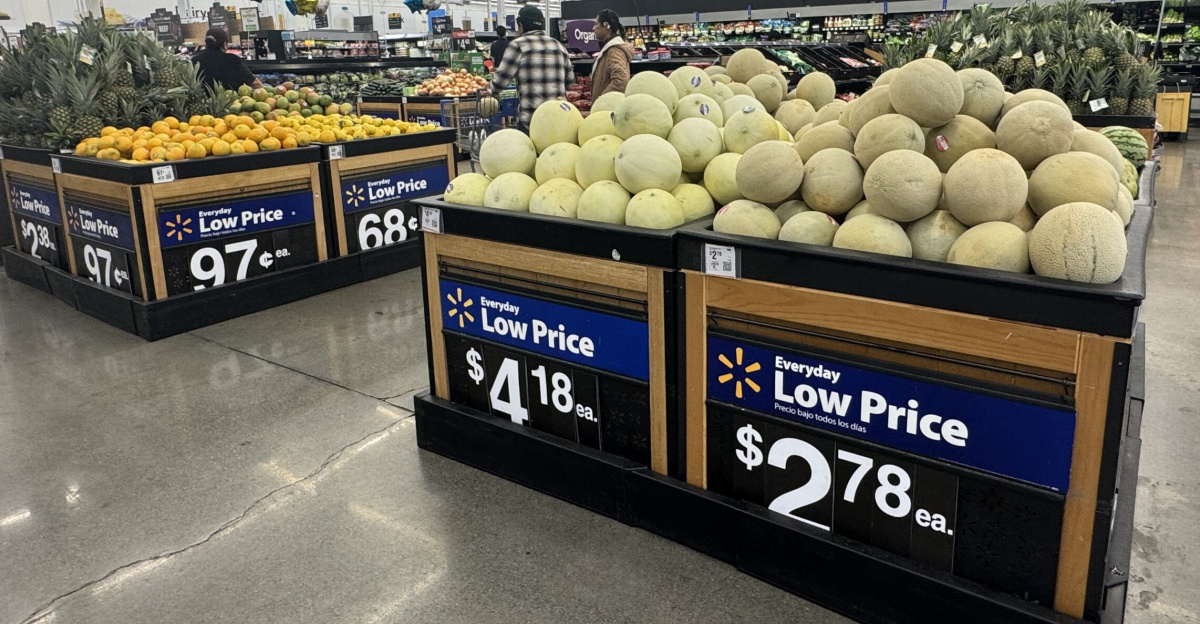
The government shutdown, which began October 1, 2025 and lasted through November 12, increased demand for affordable goods.
Federal workers facing job insecurity turned to Walmart in search of savings. This shift in consumer behavior helped Walmart maintain strong sales as economic uncertainty fueled demand for low-cost options.
Inflation’s Ongoing Strain on Budgets
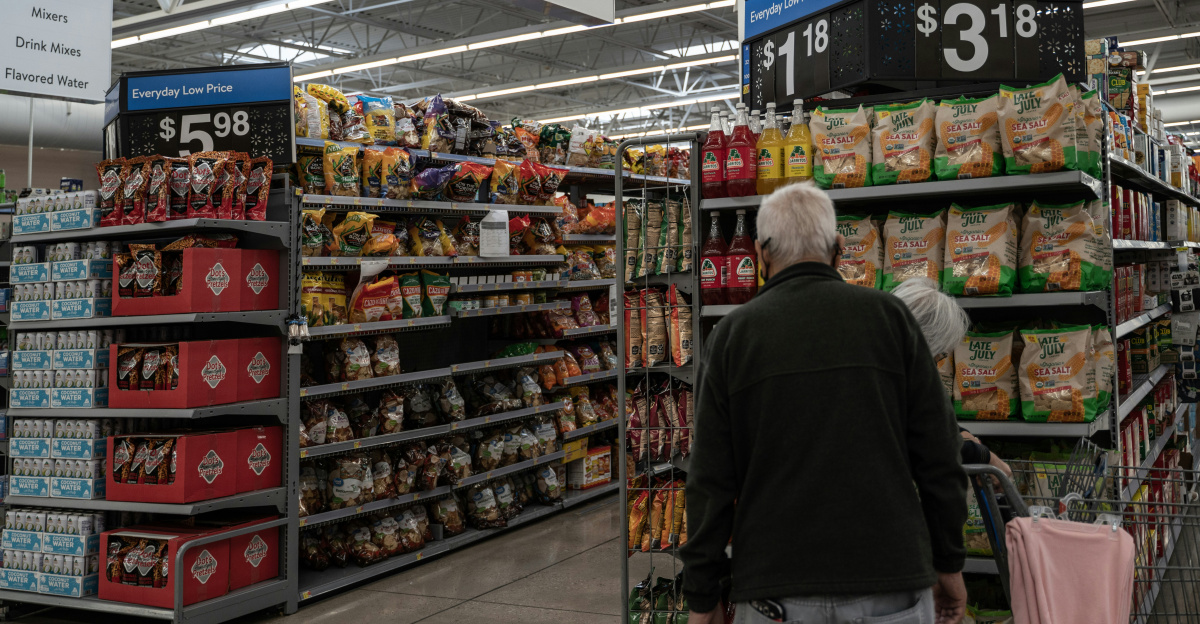
Inflation continues to take a toll on U.S. households, with many consumers cutting back on discretionary spending.
Walmart’s price rollbacks provide some relief, but the broader economic pressures remain. The question is: How long can consumers continue to stretch their dollar?
A New Era for Retail: Omnichannel Growth

Walmart’s omnichannel approach—integrating in-store, pickup, and delivery services—has helped fuel global e-commerce growth.
As other retailers scramble to invest in their own digital capabilities, Walmart’s blend of convenience and value forces competitors to rethink their strategies.
Dining Out Declines as Groceries Win

As more consumers focus on groceries over dining out, restaurants and hospitality businesses are facing lower traffic.
Retailers like Walmart, however, benefit as families stock up on affordable groceries, reshaping consumer spending habits as families prioritize essentials.
The Ripple Effect Through Supply Chains
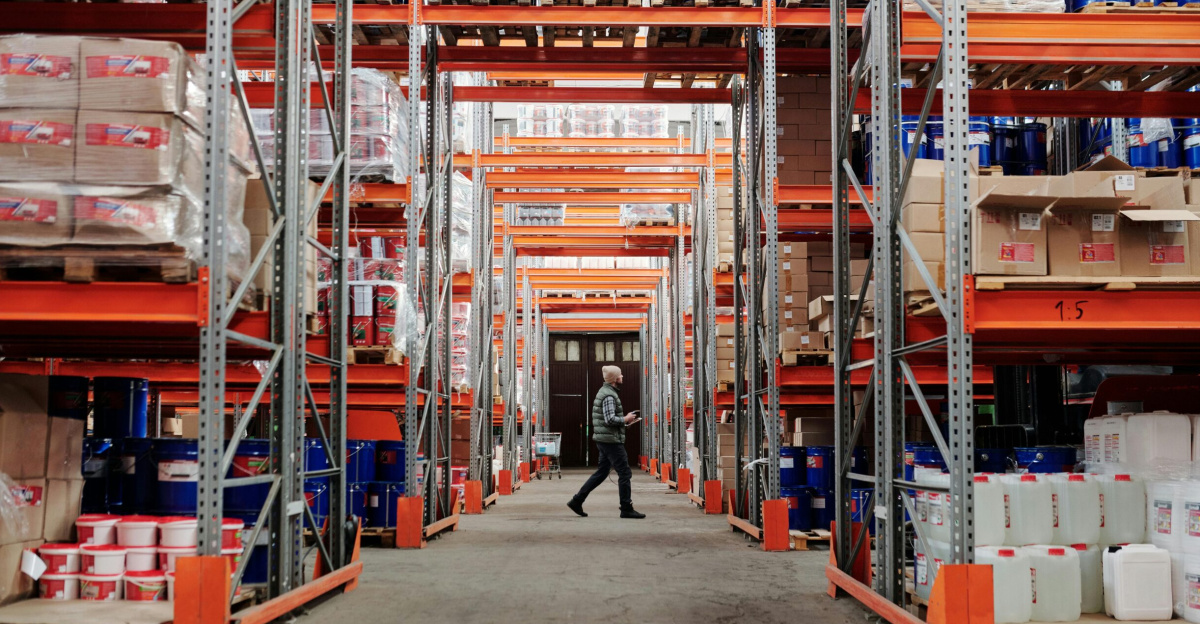
Walmart’s large-scale operations have a knock-on effect across multiple industries, from food producers to logistics companies.
Suppliers must adapt to Walmart’s pricing demands, leading to innovations in cost control and efficiencies in industries ranging from agriculture to transportation.
Walmart’s Global Influence on Consumers

Walmart’s global reach means that its pricing strategies aren’t just impacting U.S. consumers.
In markets like China and Mexico, the retailer is reshaping consumer habits, providing affordable goods that challenge local competitors to adapt to Walmart’s aggressive pricing strategies.
Healthier Eating at Walmart?
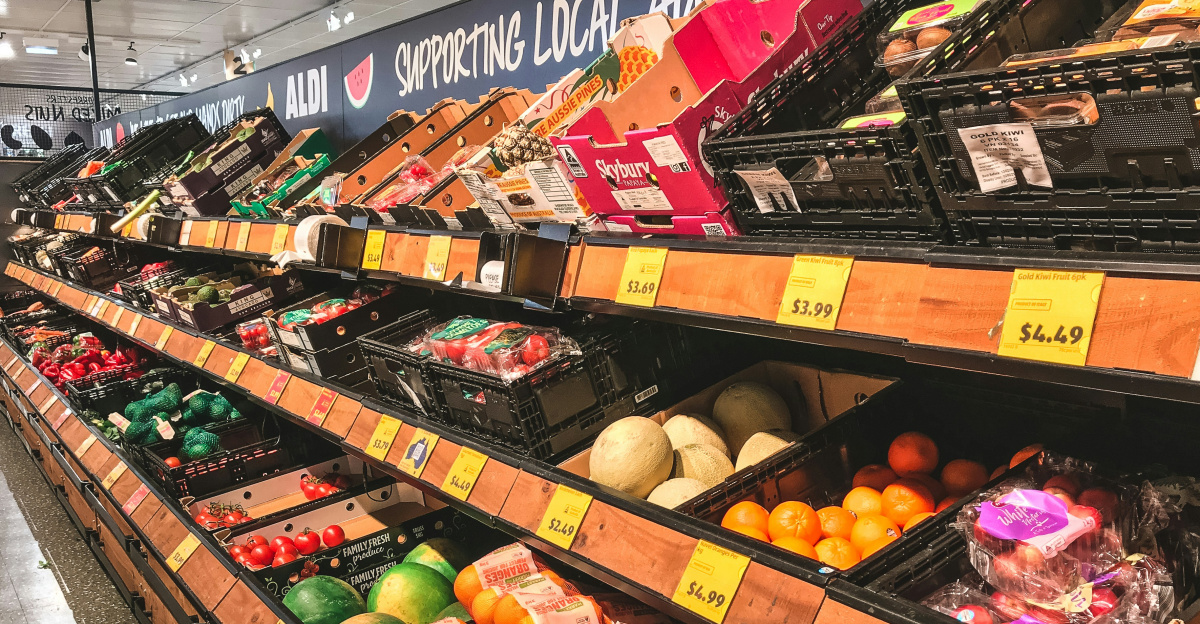
More families are cooking at home due to economic pressures, driving up demand for affordable groceries and meal kits.
Walmart’s extensive grocery rollbacks are supporting this shift, but questions about the nutritional quality and sustainability of low-cost food options are raising concerns for some consumers.
The Cultural Debate: Walmart’s Impact
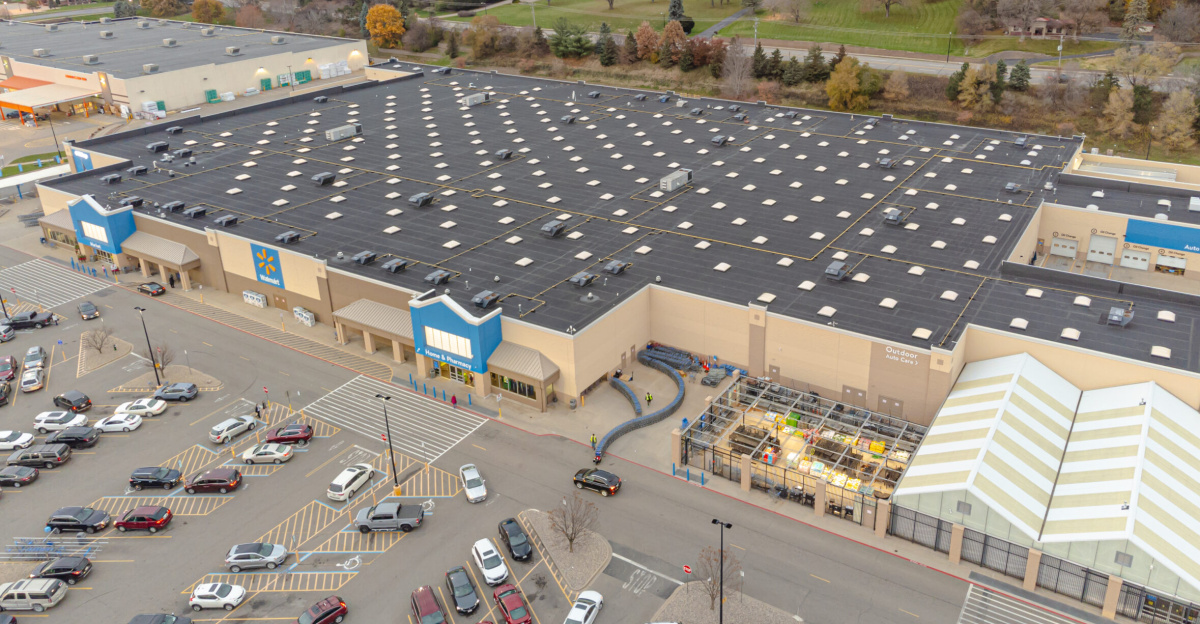
Walmart’s dominance reignites the debate about big-box retail’s impact on culture and the environment.
Critics point to small business closures and environmental issues in Walmart’s supply chain, while others highlight the company’s role in providing affordable goods during times of economic hardship.
Winners and Losers in the Retail Space

While Walmart and its investors benefit from the profit surge, some of its competitors, particularly small businesses, struggle.
Unexpected winners include logistics providers and tech firms supporting Walmart’s digital transformation, while local retailers face mounting pressure to keep up.
Walmart’s Stock Surge and Market Optimism
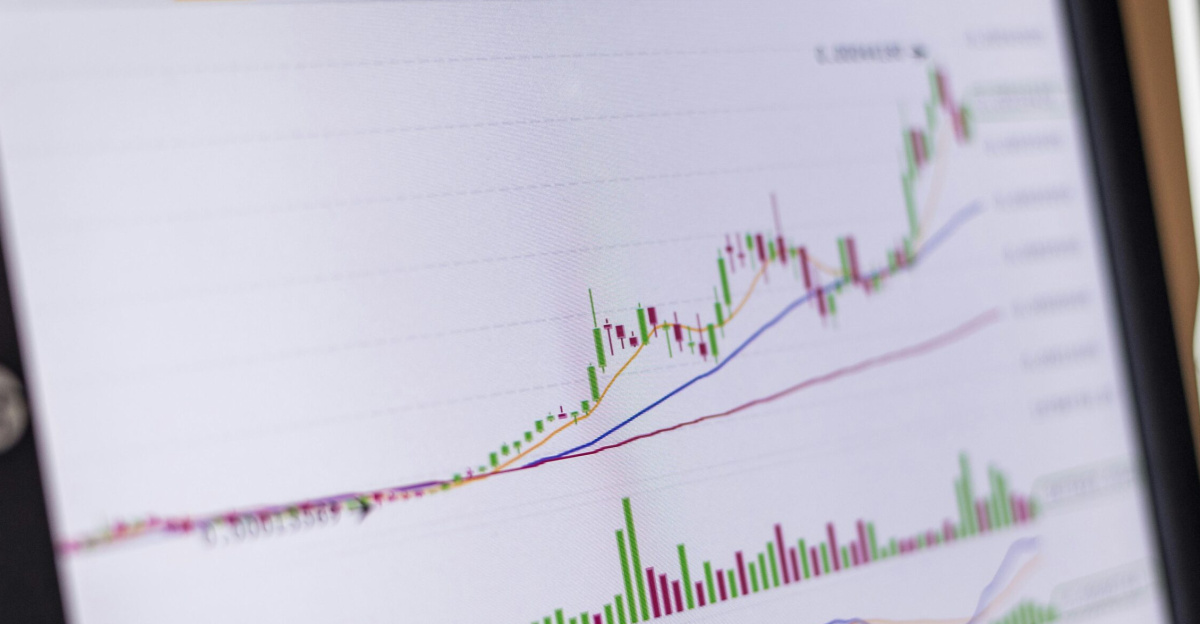
Walmart’s strong quarterly results led to a 6.67% increase in its stock price.
The company’s transition to Nasdaq, effective December 9, along with its optimistic fiscal outlook, has bolstered investor confidence, setting Walmart apart from many other struggling retail stocks.
How Consumers Can Save
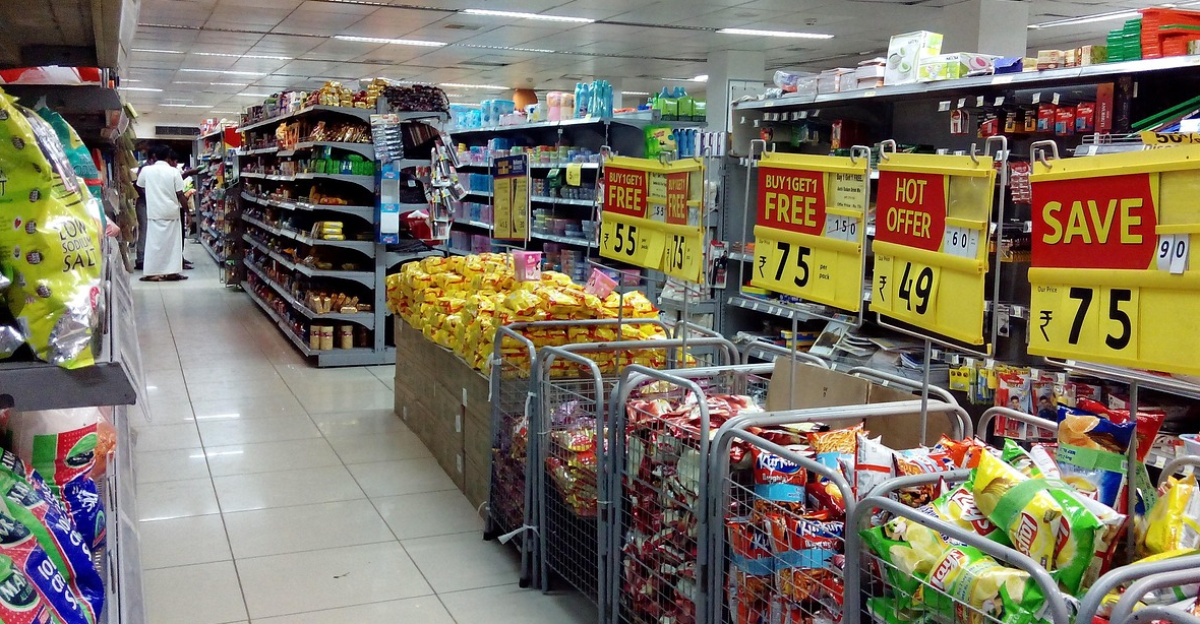
Consumers looking for relief from inflation can take advantage of Walmart’s ongoing rollbacks and digital shopping options.
Experts recommend comparing prices, using loyalty programs, and planning purchases to stretch their dollars further in times of economic uncertainty.
The CEO Transition: What’s Next?

Walmart’s upcoming CEO transition takes effect February 1, 2026, when John Furner assumes the role from Doug McMillon.
Walmart’s evolving strategy will play a crucial role in shaping the future of retail as competitors adjust to a changing consumer landscape.
The New Retail Era: What Comes Next?
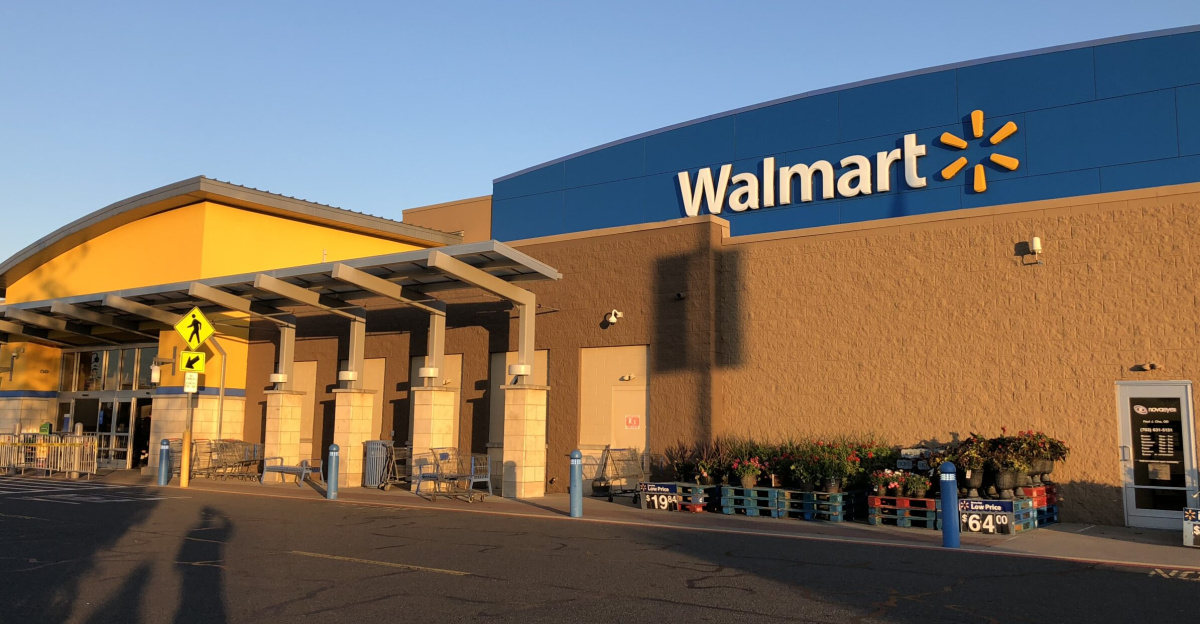
Walmart’s record-breaking Q3 profit isn’t just a financial milestone—it’s a sign of deeper shifts in the retail industry.
As Walmart continues to adapt to evolving consumer needs, its influence on retail, global trade, and the economy will continue to shape the way millions of people shop in the future.